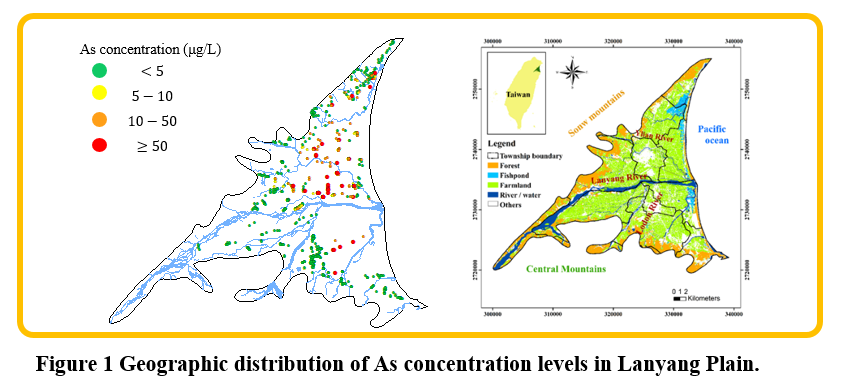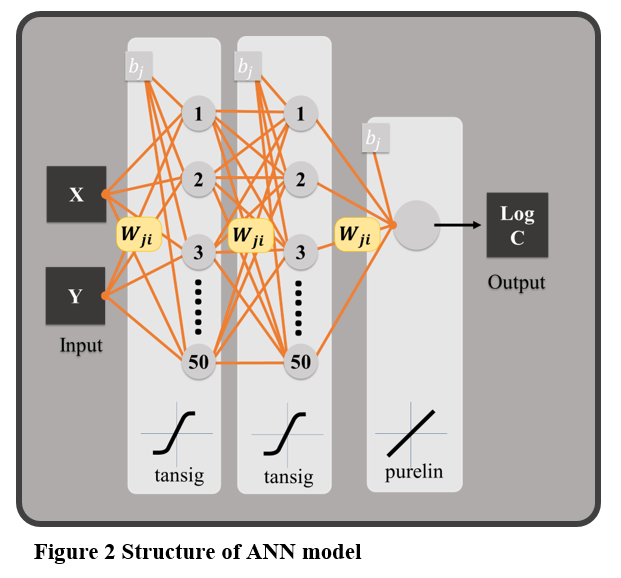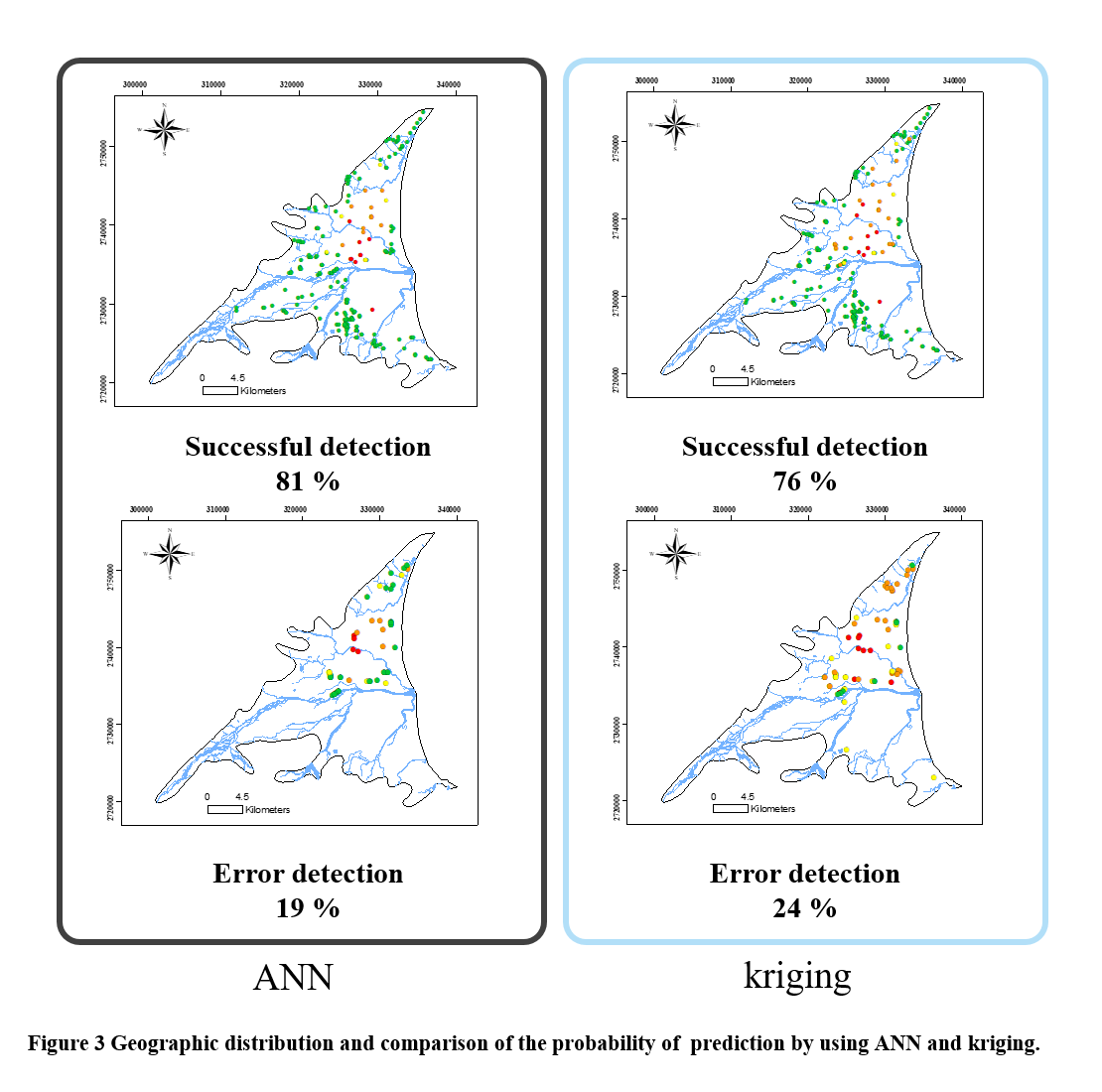| Technical Name | A machine learning approach for spatial mapping of groundwater contamination and its application of public health management | ||
|---|---|---|---|
| Project Operator | Fooyin University | ||
| Project Host | 梁菁萍 | ||
| Summary | Groundwater contamination can be expected to have an adverse impact on the health of the resident, making this an issue of critical environmental and public health concerns. However, conventional method for spatial mapping of groundwater contamination based on linear geostatistical theory can have high uncertainty at non-sampled locations due to the presence of complex subsurface heterogeneities and given the nonlinearity of the contaminant transport process. Thus, this study is designed to apply the ANN to spatially map groundwater arsenic contamination in the Lanyang Plain. Mapping the spatial distribution of groundwater contamination with higher accuracy can be used to demarcated to describe the areas that residents are at high risk due to the ingestion of As containing groundwater, prioritize the areas where more intensive monitoring of unsafe groundwater quality is required. |
||
| Scientific Breakthrough | Spatial mapping using ANN approach have the flexibility to deal with high uncertainty at non-sampled locations by updating the weight factors based in supervised learning and using the nonlinear activation function in each neural node and the layered structure comprised of several neural nodes. This study applies the ANN to spatially map groundwater arsenic contamination in the Lanyang Plain. The superiority of ANN approach is confirmed by its higher probability of successful detection. A sound human health management plan for ingestion of groundwater in the Langyang Plain can then be developed base on spatial map of health risk to help government administrators to develop measures to protect groundwater resource. |
||
| Industrial Applicability | Prioritizing the areas where more intensive monitoring of unsafe groundwater quality can reduce the cost and time required for establishment of monitoring wells as well as sampling and laboratory analysis of groundwater quality. The superior performance of ANN-based spatial mapping of groundwater contamination demonstrates that the technology developed in this study can be further developed as an efficient tool for executing groundwater monitoring network planning by environmental engineers in consulting firms or developing the human health protection plan by public health personnel in the government sectors. |
||
| Keyword | Machine learning Artificial neural network (ANN) Arsenic contamination Spatial mapping Ingestion of groundwater Public health Groundwater quality monitoring Health risk assessment Groundwater Protection Health risk management | ||
- Sc048@fy.edu.tw
other people also saw







